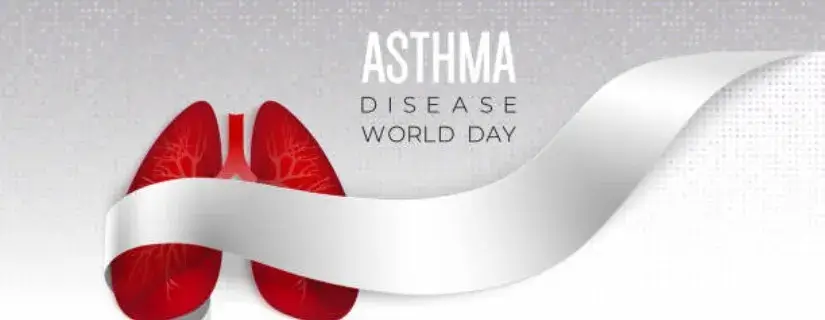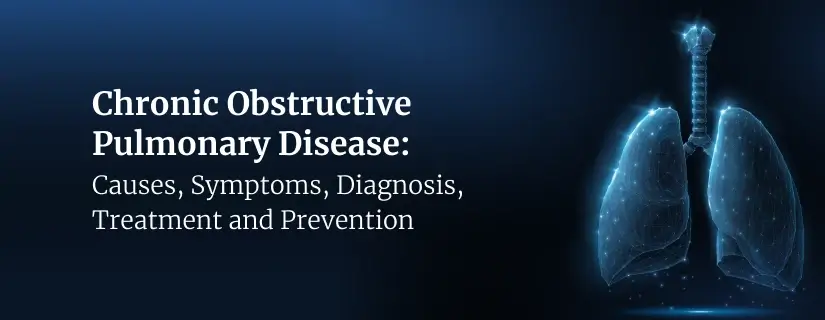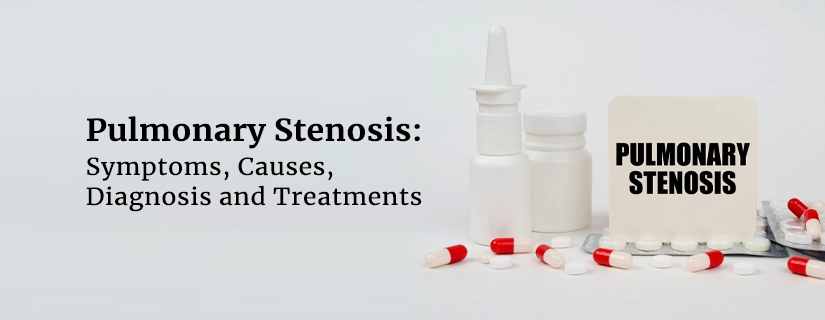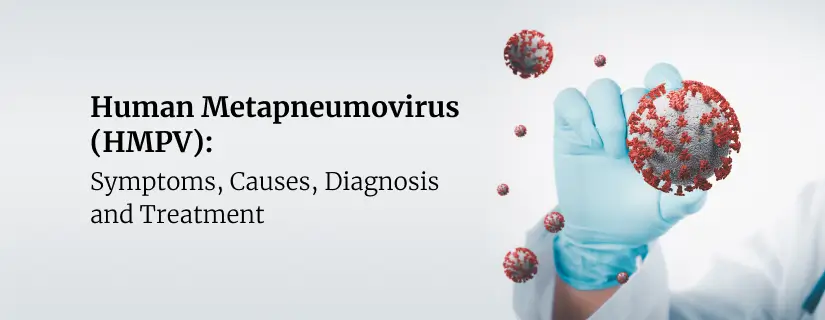-
Doctors
-
Specialities & Treatments
Centre of Excellence
Specialties
Treatments and Procedures
Hospitals & Directions HyderabadCARE Hospitals, Banjara Hills CARE Outpatient Centre, Banjara Hills CARE Hospitals, HITEC City CARE Hospitals, Nampally Gurunanak CARE Hospitals, Musheerabad CARE Hospitals Outpatient Centre, HITEC City CARE Hospitals, Malakpet
HyderabadCARE Hospitals, Banjara Hills CARE Outpatient Centre, Banjara Hills CARE Hospitals, HITEC City CARE Hospitals, Nampally Gurunanak CARE Hospitals, Musheerabad CARE Hospitals Outpatient Centre, HITEC City CARE Hospitals, Malakpet Raipur
Raipur
 Bhubaneswar
Bhubaneswar Visakhapatnam
Visakhapatnam
 Nagpur
Nagpur
 Indore
Indore
 Chh. Sambhajinagar
Chh. SambhajinagarClinics & Medical Centers
Book an AppointmentContact Us
Online Lab Reports
Book an Appointment
Consult Super-Specialist Doctors at CARE Hospitals
Mediastinal Lymphadenopathy: Causes, Symptoms, Diagnosis and Treatment
Updated on 29 March 2024

Did you know that mediastinal lymphadenopathy affects millions of people worldwide? According to studies, a majority of patients with lung cancer and lymphoma develop mediastinal lymphadenopathy. This complex condition can have various underlying causes, ranging from infections to cancer.
Mediastinal lymphadenopathy when found on chest x ray or computed tomography scan requires further evaluation as it remains asymptomatic in most cases until it erodes or ruptures through a mediastinal structure. However, with the right information and support, it's possible to successfully manage mediastinal lymphadenopathy and achieve a positive outcome. In this blog, we'll explore the causes, symptoms, diagnosis, and treatment of mediastinal lymphadenopathy, as well as the new technique of EBUS-TBNA for diagnosis.
What is mediastinal lymphadenopathy?
Mediastinal lymphadenopathy is a condition characterized by the abnormal enlargement of lymph nodes in the mediastinum, which is the central part of the chest cavity located between the lungs. The mediastinum contains several vital structures, including the heart, trachea, esophagus, and large blood vessels, as well as the lymph nodes of the central chest.
Enlarged mediastinal lymph nodes can be a symptom of various medical conditions, such as lower respiratory tract infections, Tuberculosis, inflammatory conditions, and cancer. The condition can be benign or malignant and can present with a variety of symptoms, including chest pain, shortness of breath, and a persistent cough. Symptoms of these conditions are often non-specific and does not help in their differentiation one from another. So, histopathological diagnosis of tissue is necessary for the management of mediastinal lymphadenopathy.
What are the causes of mediastinal lymphadenopathy?
Conditions that cause mediastinal lymphadenopathy are extremely diverse which includes (1)
- Malignant causes:
- Metastatic primary lung cancer Lymphoma
- Metastatic malignancies (Esophagus, GIT, Breast) Castleman’s disease
- Benign causes:
- Infections:
- Tuberculosis
- Non-tuberculous mycobacteria Histoplasmosis Coccidioidomycosis Inflammatory:
- Sarcoidosis
- Chronic beryllium disease
- Infections:
What are the symptoms of mediastinal lymphadenopathy?
The symptoms of mediastinal lymphadenopathy can vary depending on the underlying cause and the severity of the condition. Symptoms of these conditions are often non-specific and does not help in their differentiation one from another.
Some common symptoms include:
- Persistent cough
- Fever
- Weight loss
- Chest pain or discomfort
- Shortness of breath
- Wheezing
- Difficulty swallowing
- Hoarseness
- Swelling of the face, neck, or arms
- Fatigue
- Night sweats
What are the methods of diagnosing mediastinal lymphadenopathy?
- Imaging Tests: Imaging tests are non-invasive procedures used to assess the size and number and position of lymph nodes in the chest. CT scans are more sensitive than chest X-rays. Contrast-enhanced computed tomography (CECT) of the chest is the initial investigation. PET CT is more sensitive and specific than CE CT chest for assessment of mediastinal lymph nodes and staging of lung cancer and other metastatic cancers, but have a minor role in other benign disease conditions.
- Sampling: If the cause of mediastinal lymphadenopathy is uncertain, a biopsy may be necessary to identify the underlying condition. The most common procedure is mediastinoscopy, a surgical procedure that involves a small incision above the sternum to insert a fibre-optic instrument called a mediastinoscope to obtain a sample of one or several lymph nodes. Another less invasive procedure, fine needle aspiration (FNA) either endobronchial or esophageal ultrasound, can also be done to obtain a biopsy sample. Rarely thoracoscopy and anterior mediastinotomy can also be considered for sampling of mediastinal lymph nodes.
- Mediastinoscopy: A mediastinoscopy is a surgical procedure that examines the mediastinum, the space in the chest between the lungs. The procedure involves a small cut above the clavicular heads and inserting a scope to check the lymph nodes in the chest. If any abnormalities are noticed, they will be biopsied. Mediastinoscopy is usually performed under general anesthesia in a hospital setting.
Linear Ebus
Linear endobronchial ultrasound-guided transbronchial needle aspiration (EBUS-TBNA full form) is a minimally invasive diagnostic procedure that is commonly used to obtain samples from mediastinal lymph nodes in patients with mediastinal lymphadenopathy.
EBUS-TBNA combines endoscopic visualization of the mediastinal lymph nodes with high-frequency ultrasound (USG) imaging and also enables to obtain cytological and histological samples of lesions.
EBUS is integrated with ultrasound, which helps to visualize structures in the lung or around the airway and in the mediastinum(2)(3).
A long, thin needle is then passed through the EBUS scope and into the lymph node. The needle is used to collect a sample of cells or tissue from the lymph node, which is then sent to a laboratory for analysis.
A wide range of mediastinal (right and left upper and lower paratracheal LNs, subcarinal LNs) and hilar lymph nodes and lesions around the airways can be accessed by EBUS–TBNA.
Linear EBUS – TBNA, it will help for both diagnosis and staging of lung cancer.
Linear EBUS-TBNA technique has several advantages over other diagnostic procedures. It is less invasive than surgical biopsy procedures such as mediastinoscopy, which can require general anesthesia and a hospital stay. EBUS-TBNA tests can be performed on an outpatient basis, which can be more convenient and less expensive for patients. EBUS-TBNA also has a high diagnostic yield, with a high sensitivity and specificity, for the diagnosis of mediastinal lymphadenopathy.
Linear EBUS-TBNA is a safe and effective diagnostic tool for the evaluation of mediastinal lymphadenopathy. It allows for accurate and minimally invasive sampling of mediastinal lymph nodes, which can provide a definitive diagnosis and guide appropriate treatment.
In patients with suspected lymphoma and cases where we need more tissue for molecular analysis – we can consider a newer novel approach EBUS- Transbronchial cryonodal biopsy for more tissue.
What is the treatment for Mediastinal Lymphadenopathy?
The mediastinal lymphadenopathy treatment depends on the underlying cause of the condition.
Lastly, receiving a diagnosis of mediastinal lymphadenopathy can be a daunting experience. This complex condition can have a range of underlying causes, from infections to cancer, and diagnosis requires thorough evaluation. However, there is hope. EBUS-TBNA has emerged as a promising and less invasive tool for diagnosis, and with early detection and appropriate treatment, the outlook can be favourable. It is advised to seek immediate medical attention if you are diagnosed with mediastinal lymphadenopathy for further evaluation and management. Many people successfully manage their condition, so don't be afraid to take an active role in your healthcare and stay positive.
To Book an Appointment, call:
ENQUIRY FORM
SELECT CATEGORIES
-
Neurosciences (16)
-
Neurology (37)
-
Neurosurgery (14)
-
Orthopaedics (48)
-
Oncology (33)
-
Obstetrics and gynecology (52)
-
Pulmonology (23)
-
Urology (20)
-
Nephrology (13)
-
Psychiatry (7)
-
Dietetics and Nutrition (111)
-
General Medicine (63)
-
Cardiac Sciences (32)
-
Vascular & Endovascular Surgery and Interventional Radiology (15)
-
Gastroenterology (46)
-
Endocrinology (23)
-
Plastic Surgery (10)
-
Critical Care Medicine (5)
-
COVID-19 (16)
-
Dermatology (16)
-
Emergency Care (1)
-
Ophthalmology (4)
-
Pediatrics (14)
-
Laparoscopic and Bariatric Surgery (8)
-
ENT (15)
-
Kidney Transplant (1)
-
Liver Transplantation and Hepatobiliary Surgery (5)
-
General Surgery (3)
-
Internal Medicine (5)
-
Medicine Information
12 Home Remedies For Dry Cough
Lung Cancer Screening: Purpose, Preparation, Procedure and Eligibility
YOU MAY ALSO LIKE
RECENT BLOGS
-
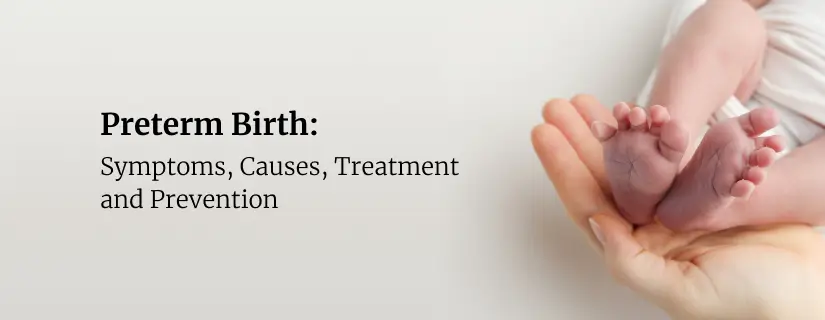
Preterm Birth (Premature Birth): Symptoms, Causes, Treatment and Prevention
13 May 2025
Read More
-
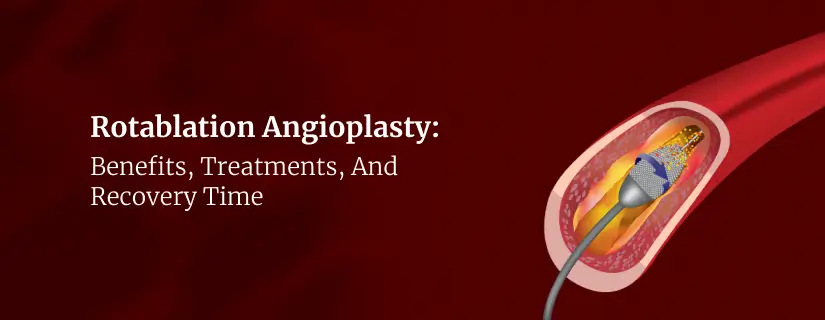
Rotablation Angioplasty: Benefits, Treatments, And Recovery Time
9 May 2025
Read More
-
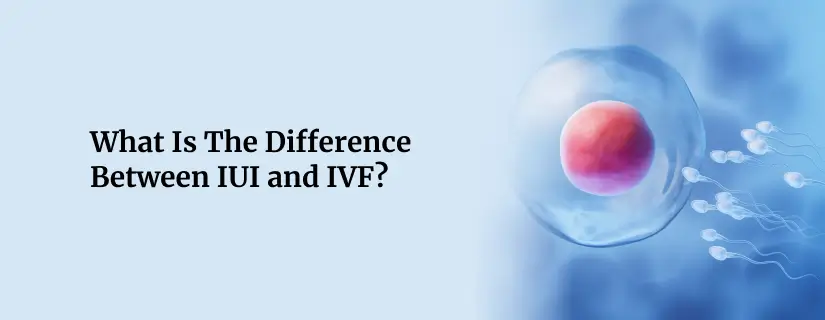
What Is The Difference Between IUI and IVF?
9 May 2025
Read More
-
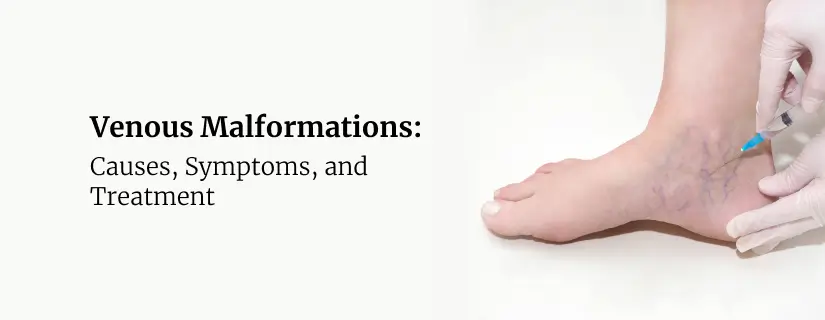
Venous Malformations: Causes, Symptoms, and Treatment
30 April 2025
Read More
-

Varicose Vein Foam Sclerotherapy: Treatment, Benefits, and Procedure
30 April 2025
Read More
-
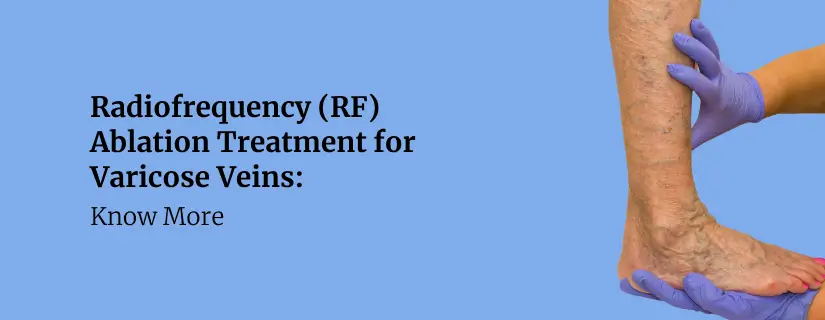
Radiofrequency (RF) Ablation Treatment for Varicose Veins: Know More
30 April 2025
Read More
-

Varicose Vein Sclerotherapy: Treatment, Benefits, and Procedure
30 April 2025
Read More
-
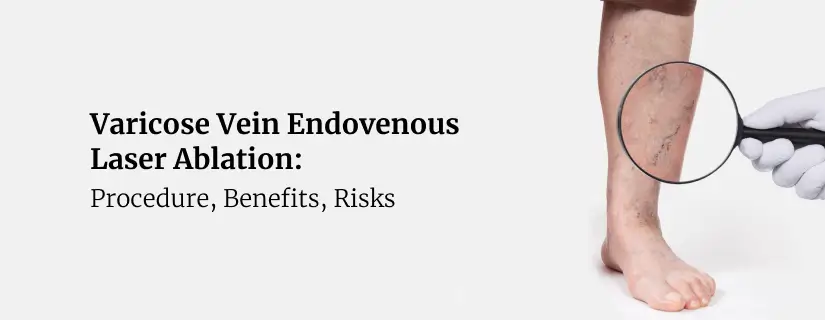
Varicose Vein Endovenous Laser Ablation: Procedure, Benefits, Risks
30 April 2025
Read More
Have a Question?
If you cannot find answers to your queries, please fill out the enquiry form or call the number below. We will contact you shortly.





